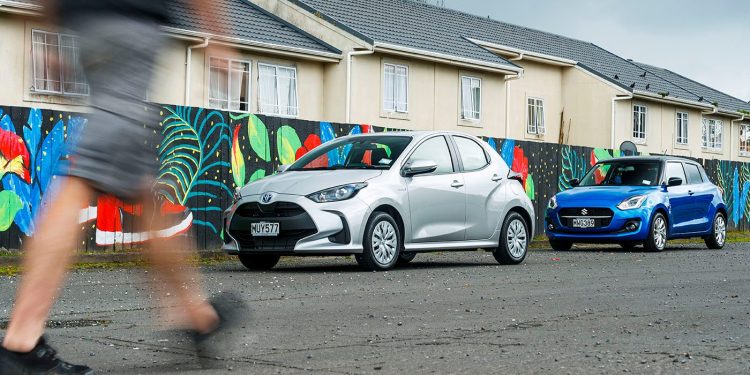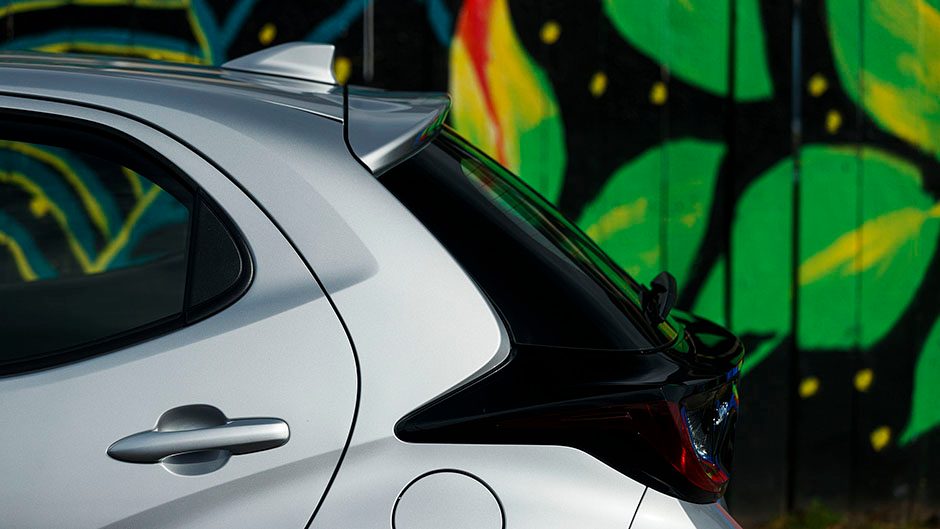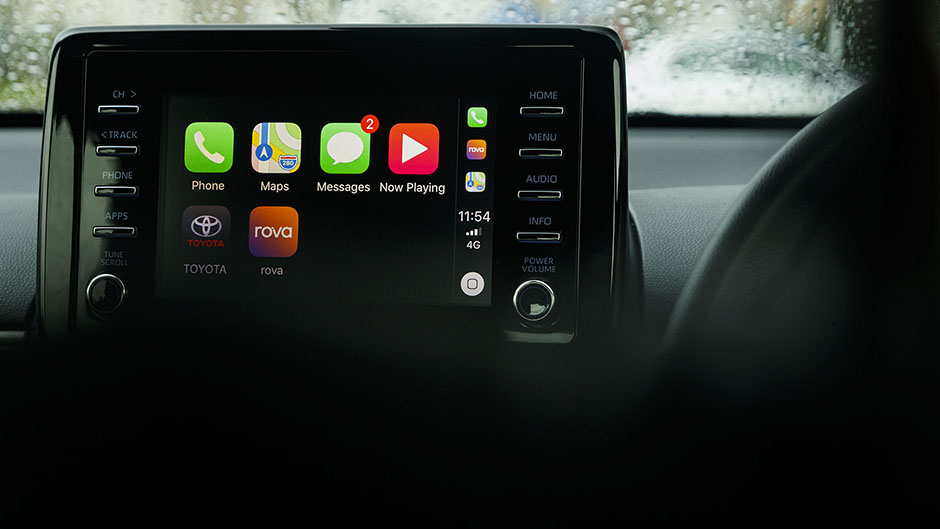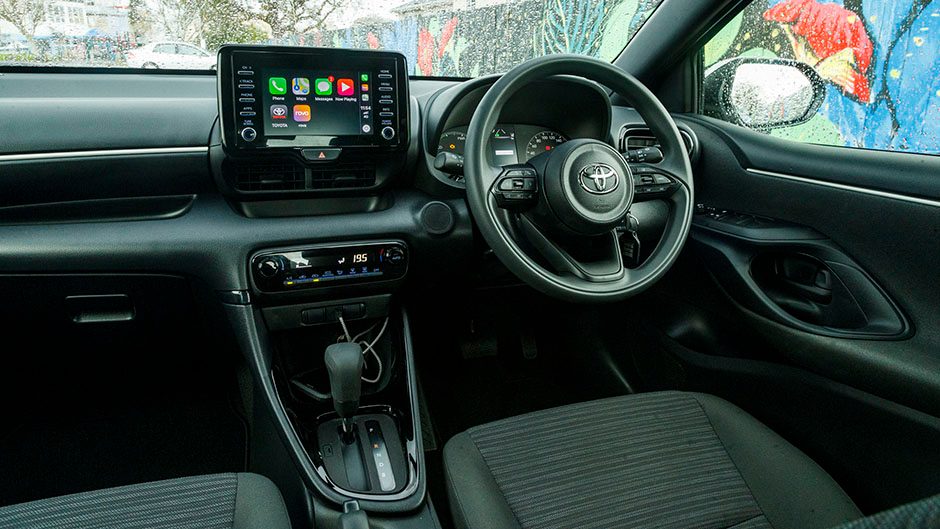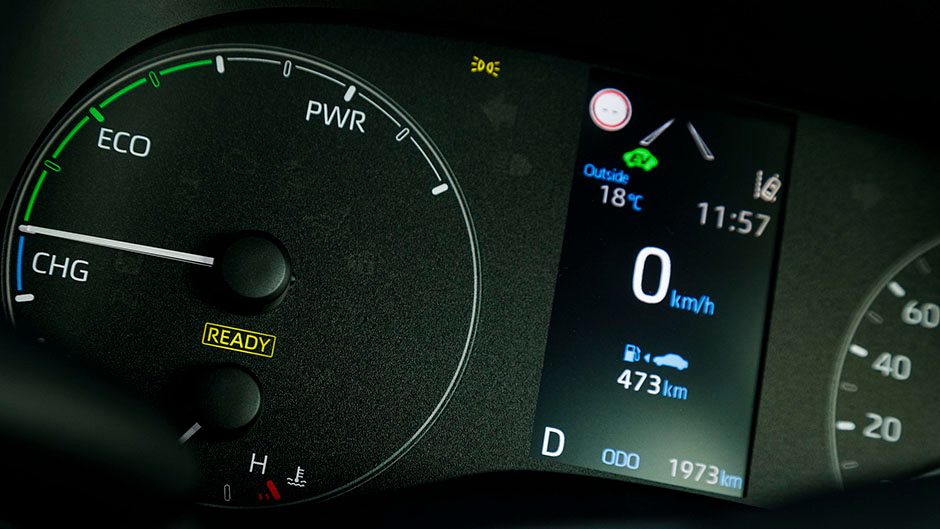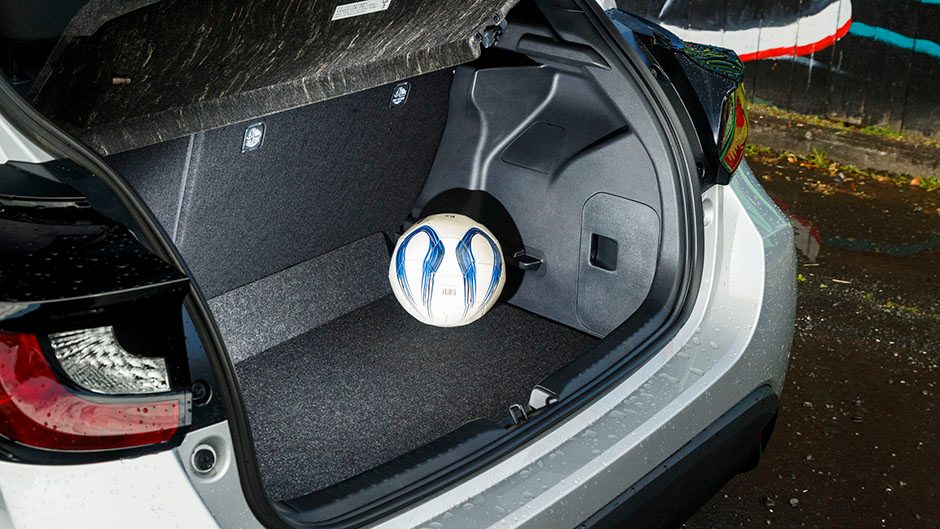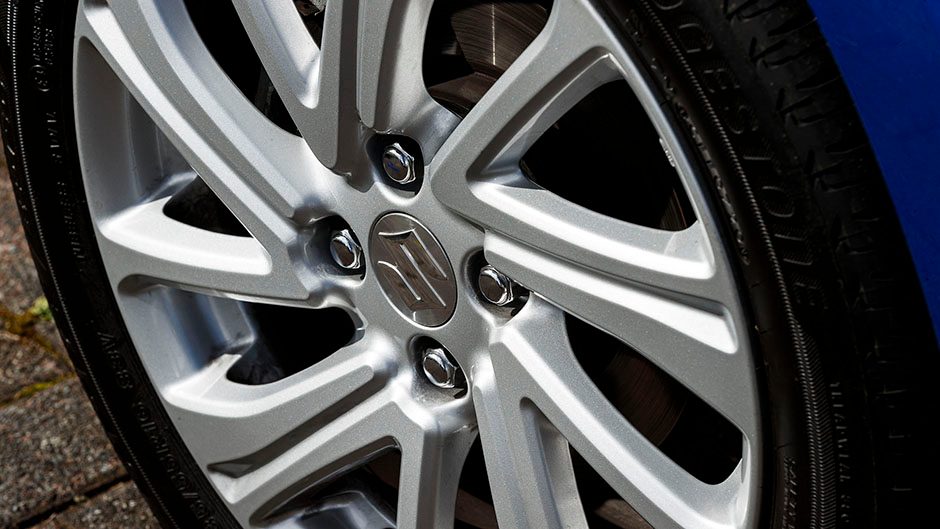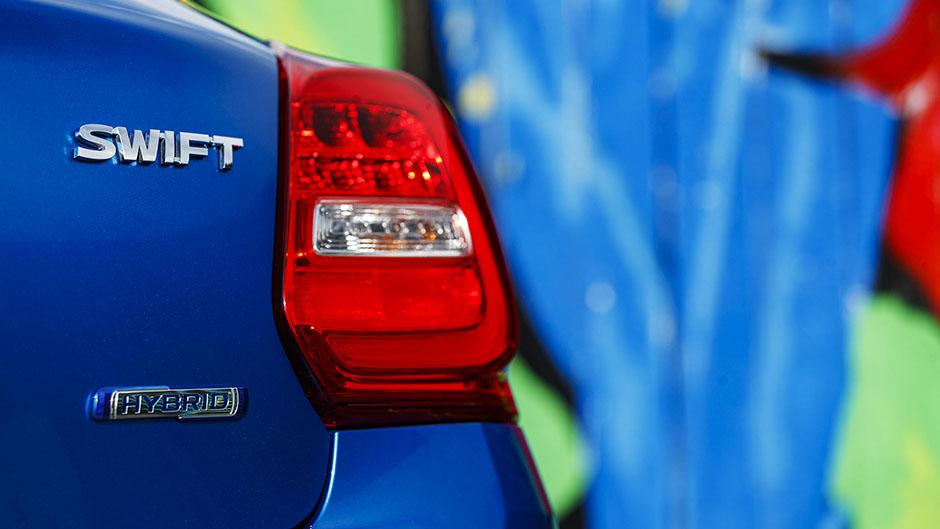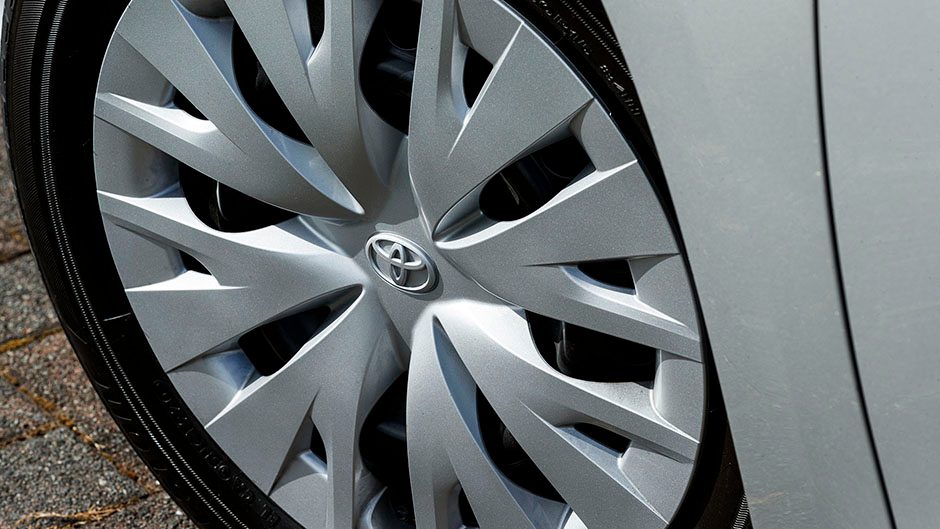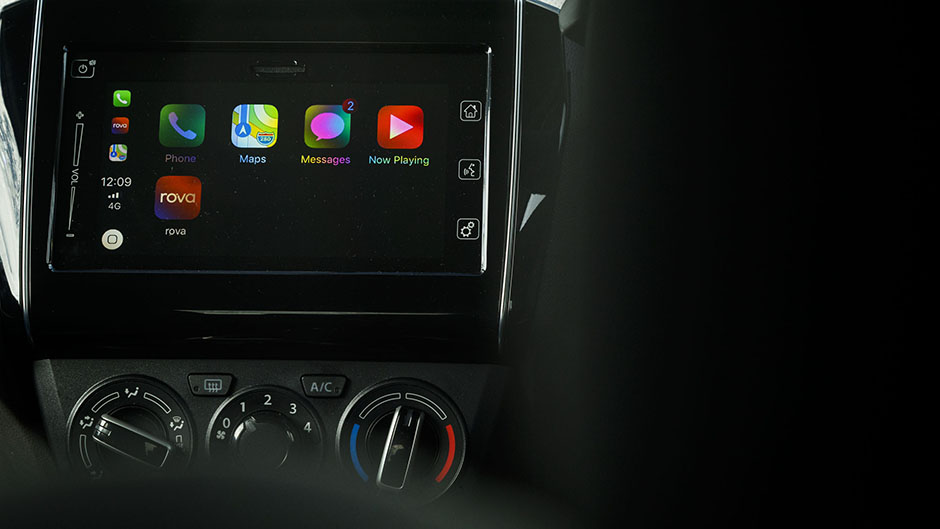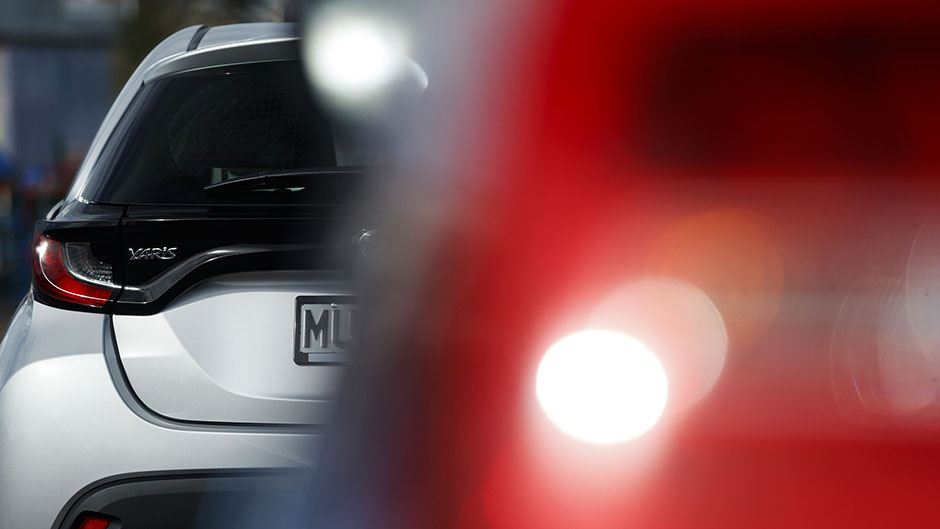2020 Suzuki Swift Hybrid vs Toyota Yaris Hybrid comparison
Words Kyle Cassidy | Photos Tom Gasnier
Small cars are usually frugal runners. Yet now there are new Yaris and Swift petrol electric versions to trim fuel use further. Are they worth the extra?
Small cars are generally easy on gas. It’s why they are popular here, being both attainable and cheap to run. And so they appeal to those at both the start and end of their car buying lives. Hybrid tech with its ability to slash consumption is now well established, though the hardware adds cost. So it’s not usual in the small car arena which is price sensitive.
At least it used to be but small cars have matured. No longer budget runabouts, they come well stocked with features while pricing remains competitive. And hybrid technology is now more readily available in this segment with the arrival of the new Yaris. Suzuki has also recently added a hybrid option to the Swift line-up. Here we compare the two.
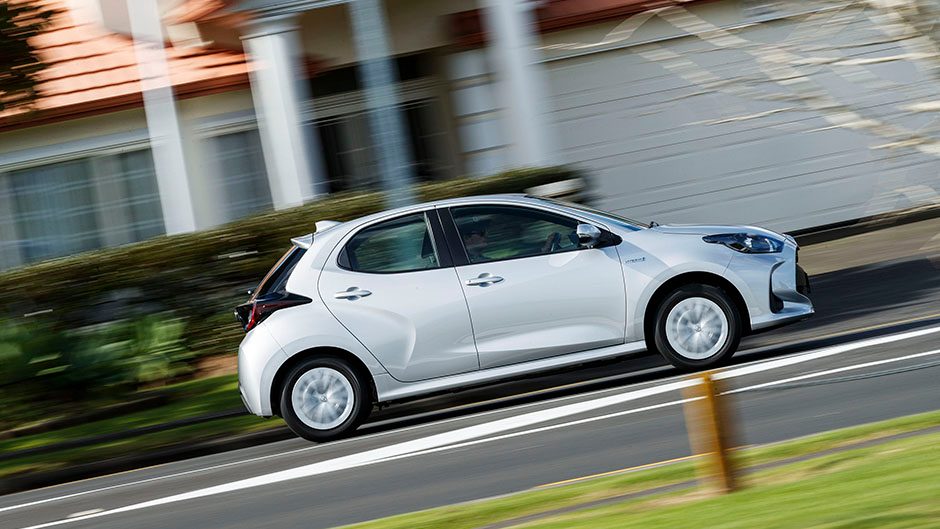
Similar in concept at least
While both use the hybrid label, all is not equal. Toyota’s new Yaris uses the firm’s decades-old hybrid strategy, being a high voltage system with an engine and motor connected via a complex power split device. This allows limited running on volts alone but generally the engine and motor work in tandem to help ease fuel use, especially in city traffic. Strictly speaking, the Swift is a mild hybrid. Its petrol engine does all of the driving and the electric bits, which include a small, 12-volt lithium-ion battery and an integrated starter generator (ISG), are there to help it out. The ISG looks a bit like an alternator and its additional torque is fed onto the engine crank via a serpentine belt. The ISG gives a temporary boost to the petrol engine when starting off and accelerating, adding up to 50Nm of shove in the lower rev band. There’s not enough oomph from the electrics to permit any EV mode, or even any engine-off coasting. Under braking, the engine will (sometimes) shut off when speeds dip below 15km/h, but it refires should you accelerate again. As the name suggests, the ISG acts as a generator when decelerating to recharge the lithium-ion battery. At a stated 4.1L/100km, Suzuki says the hybrid Swift is 15 per cent more economical than the conventional 1.2 GL CVT (4.8L/100km) while emissions drop by 25 per cent to 94g/km thanks in part to extended idle/stop operation.
The hybrid uses a new 1.2-litre engine making 61kW and 107Nm of torque. That figure is down on the conventional 66kW/120Nm 1.2, but peak torque is generated lower (2800rpm vs 4000rpm). With a 13:1 compression ratio, the hybrid requires 95 octane petrol however.
This is generation two of the Swift hybrid which is now mated to a CVT auto and gains a more efficient, higher-capacity 10Ah lithium-ion battery. It’s offered in GLX ($26,500) and Limited ($28,500) guises.
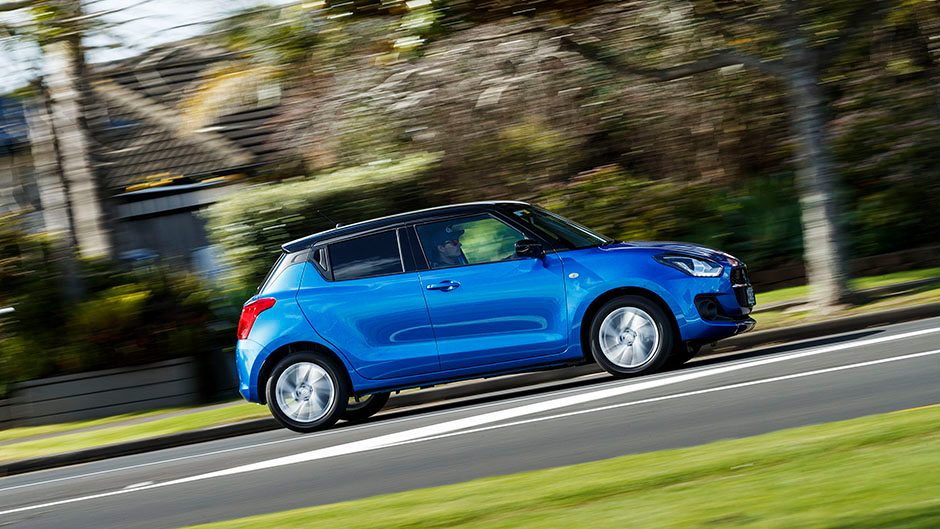
Yaris all new
The Yaris is Toyota’s first car from its TNGA ‘B’ platform (expect a Yaris Cross compact SUV in a few months) and there are four variants of the five-door hatch to choose from, starting with the conventionally-powered petrol GX at $25,990 while the better specified ZR is $29,990. A hybrid powertrain is offered for both grades, the GX hybrid at $27,990 and the ZR at $32,990. Hybrids now comprise more than 50 per cent of Toyota’s sales. In 2018, they accounted for just 10 per cent. Expect more in the future, Toyota working to secure the plug-in RAV4 for NZ, there will be a hybrid Yaris Cross, and a mild-hybrid Hilux at some point while the new Highlander hybrid arrives next year. Don’t expect an EV, however, for another 18 months.
Back to Yaris then and this uses a newly developed 1.5-litre three-cylinder that in the petrol model makes 88kW/145Nm and is rated at 4.9L/100km overall. The hybrid uses a 144V lithium-ion battery and mates a 59kW/141Nm motor with the 1.5-litre. In the hybrid, this is tuned further for economy and so makes just 67kW and 120Nm. However, the total system output is rated at 85kW and the Yaris hybrid is said to drink just 3.3L/100km on average.
Toyota says a trend in the small car market is for private buyers to demand a more highly specified car, which has seen the average price in the segment rise to $25k. Toyota says buyers here want value, safety and technology and aren’t willing to compromise on features for a lower price tag. It says the GX model is one for the fleets while the private buyer will be swayed more toward the ZR. It’s the GX, on its steel wheels, that we have here, and the Swift Ltd. They are quite well aligned on price and the spec levels are reasonably similar.
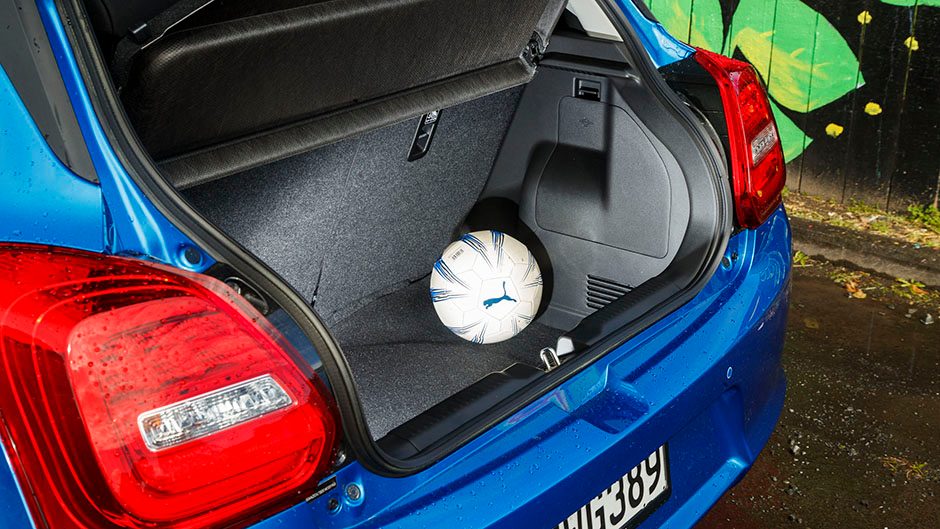
Round town ramblers
The electric boost helps the Swift accelerate easily with the general flow of traffic, the engine whirring away at just 2000rpm. It doesn’t feel as anemic as the output figures suggest. The motor’s 50Nm does make a difference at urban speeds, while the CVT ensures the 1.2 is working minimally to get the job done. The ISG adds seamless restarting for the idle/stop system; release the brake pedal and the engine is back online instantly.
The Yaris hybrid usually gets moving under electric power though the engine chimes in quickly to boost acceleration. The Toyota’s drivetrain delivers more go at all speeds compared with the Swift. In the Yaris, once up to speed you can back off the gas and usually the engine will cut out. Provided there’s enough charge in the battery, momentum can be maintained on the electric motor. It will ‘EV’ on the motorway, though any call for acceleration sees the engine refire. The ‘electric range’ will vary, though it’s usually more than the stated 500m-1km. There is an ‘EV mode’ button but effectively it only works in slow-moving traffic.
As for urban consumption the Suzuki is likely to return figures in the high fours to low 5L/100km range while the Yaris can get into the threes quite easily thanks to its electric running.
Each works well as a commuter with similar tiny turning circles and light steering. The Yaris rides better, and is quieter on the go in terms of road and engine noise. Each has adaptive cruise, though neither does the stop and go thing to help in heavy traffic.
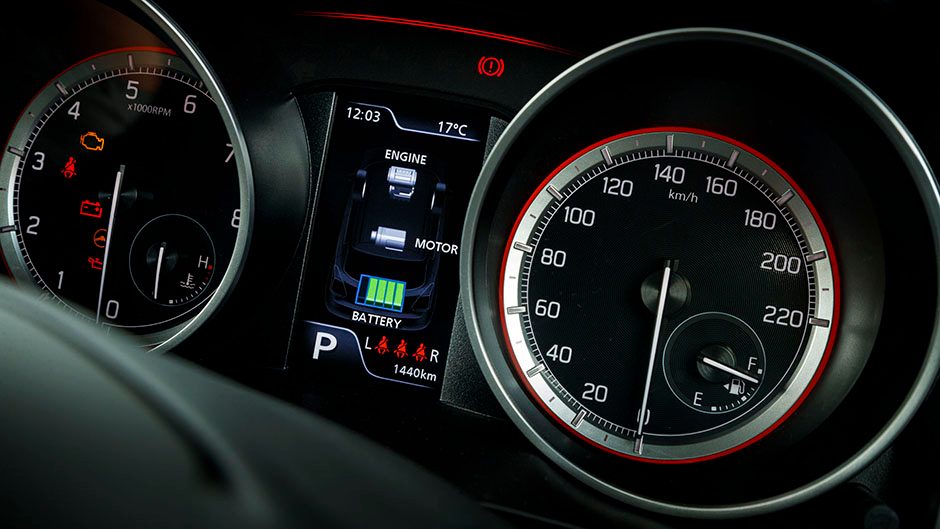
Okay out and about too
The Swift, as always, is light and nimble, making it a lively handler. The Yaris however rides better and is more stable in the turns. It’s not dull to drive, but more polished, with better steering assistance and it’s less likely to suffer bump steer through roughed-up bends. It’s comfortably quicker too, with a lot more oomph at speed. The Swift needs max revs for the overtake, and it’s best achieved on a decent downhill stretch. The motor assist disappears by 4000rpm, and then the engine is doing all the work. It’s noisier on the chip seal surfaces too. Even when pushed neither really drinks, the averages rising into the sixes at worst.
Okay inside?
Being small cars, each has an extra helping of hard plastics inside with soft touch points scarce. Like its exterior, the Yaris cabin has more design flourishes than that of the Swift and the build is better. A pity then that the seat is firm and formless. The touchscreen of the infotainment system is a bit of stretch from the driver’s seat too. There’s a consumption tracker in the Yaris, which resets itself after every trip so it’s harder to get a gauge on your overall average using the computer.
The Swift’s seat we found a better fit, and it’s generally easier to get in and out of thanks to its elevated seat height. It has Suzuki’s easy to use infotainment system but, like the Yaris GX, lacks in-built sat nav. However, both have smartphone link-up for the two tribes. There’s nothing much to give the hybrid game away in the cabin of the Swift, only one small info screen between the dials to show you what the motor is doing (assisting, charging or doing nothing).
Both have good safety creds, Yaris with active lane keeping (well tuned too) and eight airbags including ones in the centre of the cabin between the driver and front passenger to prevent heads bonking during a side-on collision. A new Pre-Collision system includes Intersection Turn Assist, which is alert to stray pedestrians and cyclists when manoeuvring at intersections and will automatically brake if it deems an accident is imminent. Opt for the ZR and you’ll also get BSM, front and rear parking sensors and the Parking Support Brake function. This prevents you from bumping into things in the car park by automatically braking when objects in your path are detected.
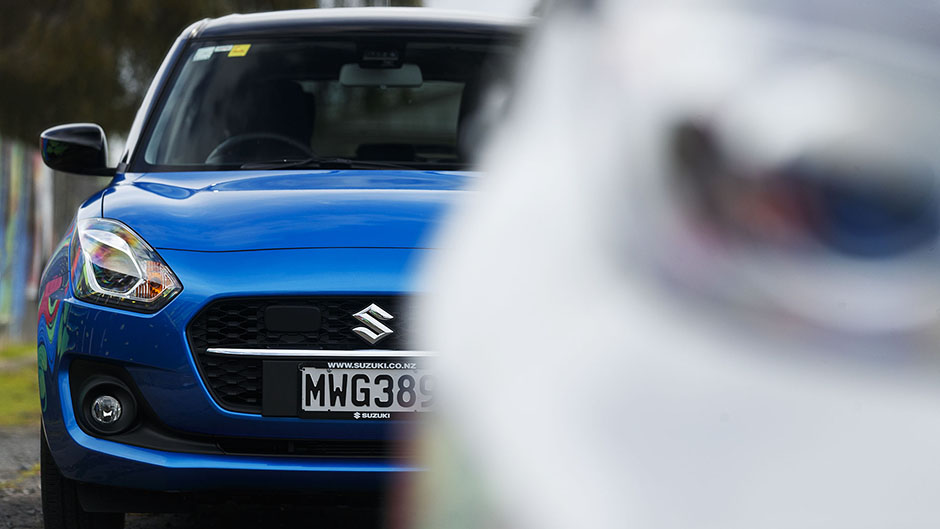
The ZR adds other bits too like a proximity key, head-up display, more soft surfaces, integrated nav, front and rear parking sensors and alloy wheels.
The Swift Ltd gets AEB, active lane keeping and auto high beam assist, along with blind spot monitoring and rear cross traffic alert. There’s no proximity key however and the AC is of the manual type.
Swift has comfortably more room in the rear, and its doors open wider for ease of entry. Some kids might wonder what the window opening device is all about, the Swift with manual winders in the rear. Boot space is all but identical in terms of width, depth and height to the parcel tray. Neither hybrid battery placement impinges on load carrying, with split folding in each.
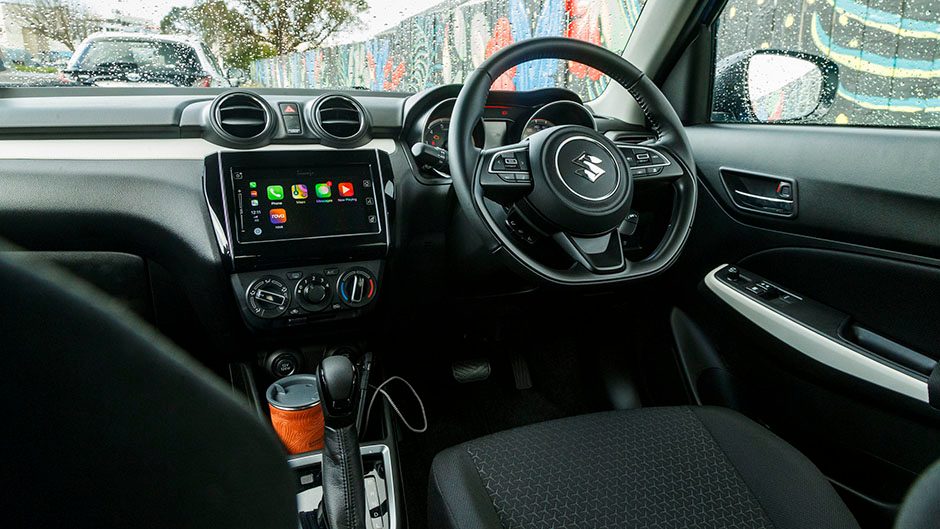
But should you go hybrid?
A quick cost benefit analysis of the Swift range reveals the $19,990 GL manual, with claimed consumption of 4.6L/100km, would probably be the better bet if you’re a genuine penny pincher, particularly as it runs on 91 octane. You’d have to drive gazillions of kilometres to recoup the hybrid’s premium in fuel savings. The GL doesn’t have the same specification as the hybrid however, particularly where safety aids are concerned, and you’ll have to pay more to gain auto convenience, which also sucks a further 200ml of gas every 100km.
The Yaris hybrid asks a $2000 premium (or $3000 in ZR guise) over its conventional counterpart but it’s worthwhile given its superior performance and efficiency, especially when commuting. Comparing the urban consumption figure reveals the hybrid can be good for just 2.8L/100km versus 6.1 for the petrol version. And we’d bet the residual values will be greater for the hybrid too.
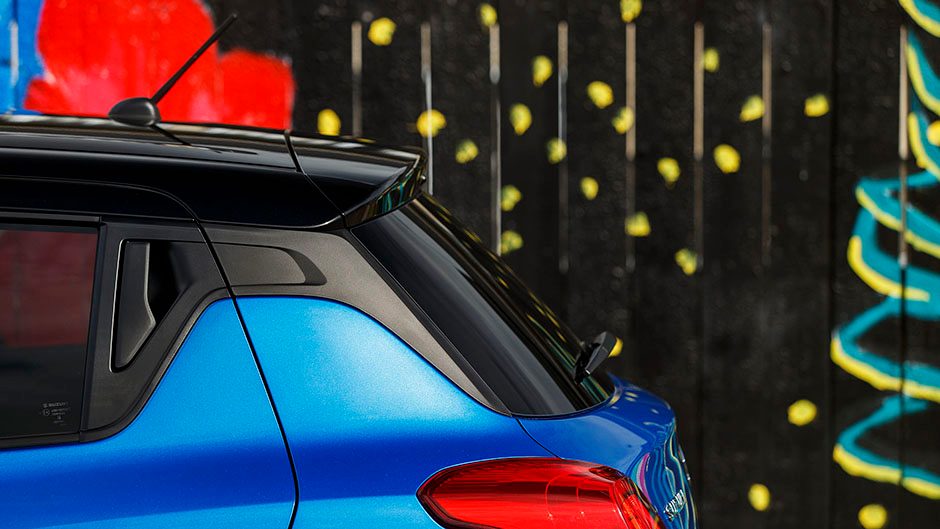
So Yaris or Swift?
The Yaris is the better hybrid with superior economy, performance and drivability. The jury is still out on the look though. The GX is pretty good value too, even though private buyers will opt to pay extra for the glitzy ZR. We’re not quite convinced of the Swift hybrid’s ultimate merits, but it does drink and emit less than other models in the range if that’s your ultimate motivation for purchase.
| Model | Suzuki Swift Hybrid Ltd | Price | $28,500 |
| Engine | 1197cc, IL4, EFI, 61kW/107Nm | Drivetrain | CVT, front-wheel drive |
| Fuel Use | 4.1L/100km | C02 Output | 94g/km |
| 0-100km/h | 12.2sec | Weight | 933kg |
| Model | Toyota Yaris GX hybrid | Price | $27,990 |
| Engine | 1490cc, IL3, EFI, 67kW/120Nm | Drivetrain | e-CVT, front-wheel drive |
| Fuel Use | 3.3L/100km | C02 Output | 76g/km |
| 0-100km/h | 9.65sec | Weight | 1086kg |


